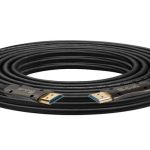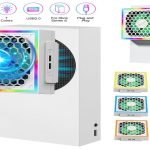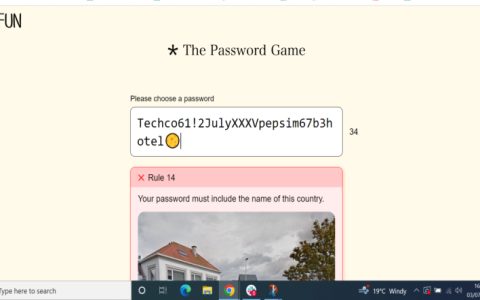Retro emulators recreate vintage gaming hardware through software by replicating the behavior of original console components. They translate binary instructions (ROMs) designed for obsolete processors into commands compatible with modern devices.
Core Emulation Components
- CPU Emulation: Interprets original machine code via interpreters (simpler) or dynamic recompilers (converts code to native instructions for better speed).
- Memory Mapping: Virtualizes the console's RAM and ROM access patterns using lookup tables.
- Graphics Rendering: Replicates PPU/GPU chips with pixel-perfect accuracy (high compatibility) or OpenGL/Vulkan wrappers (enhanced performance).
- Audio Synthesis: Simulates sound chips like SID or YM2612 via low-level cycle emulation or modern APIs.
- I/O Handling: Bridges original controller protocols to USB/XInput devices through input polling.
Performance Challenges
Timing synchronization between components causes lag when off by nanoseconds. Hardware-specific behaviors (e.g., NES sprite overflow) require per-cycle emulation, straining CPUs. Proprietary coprocessors (SNES SuperFX) need additional translation layers.
Smoother Gaming Tips
- Use cycle-accurate emulators like Mesen (NES) for stability or Higan (SNES) for multi-system precision.
- Enable run-ahead latency reduction (Libretro cores) to skip idle frames when supported.
- Apply overclocking settings selectively to bypass original CPU bottlenecks.
- Configure frame delay adjustments to reduce input latency without dropped frames.
- Prefer original BIOS dumps for boot sequences; verify ROM integrity with hash checksums.











